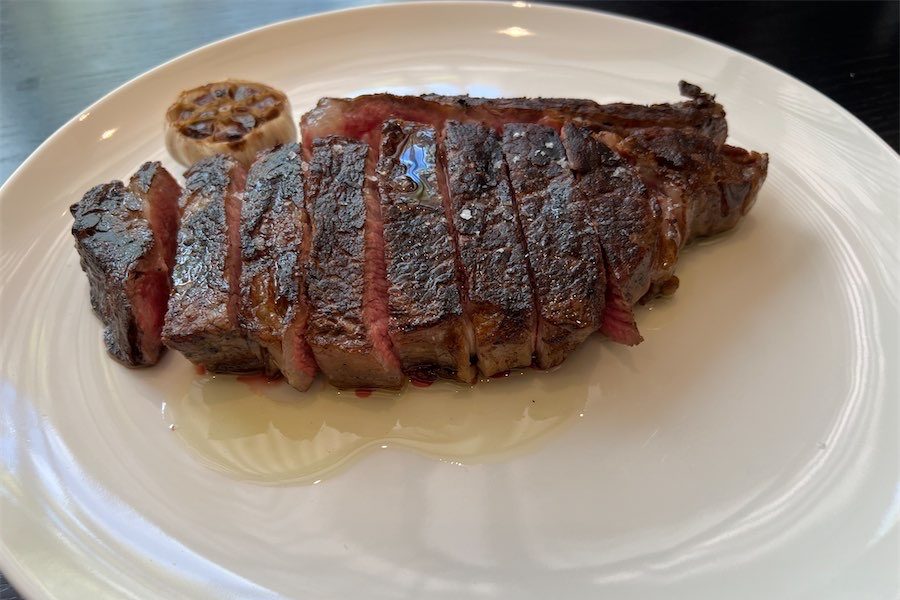
“Traditionally, the best fruits to espalier are apples and pears, which are easily trained with new growth,” says gardening columnist CEDRIC BRYANT.

ESPALIERED fruit trees, where trees are trained flat against a wall, railing or trellis, are ideal for smaller gardens.
This style goes back to the 16th century in Britain, where it made sense with the colder weather to espalier fruit trees against a brick wall to attract the heat of the sun.
The word espalier is French, and may originate from the Italian spalliera, meaning “something to rest the shoulder (spalla) against”.
Possibly the most suitable type of espalier is cordon training (as illustrated here) and is considerably cheaper than trellis, which has a limited life in any case. The cordon method simply involves running a fixed line of wires to the wall or fence, about 30cm apart, threaded through cup-hooks with the trees trained at a 45-degree angle.
Traditionally, the best fruits to espalier are apples and pears. This is due to the growth pattern of the fruiting spurs living longer producing fruit and are easily trained with new growth.
WHEN growing climbing roses or star jasmine (Trachelospermum jasminoides) on a trellis on the side of a home, don’t permanently attach the trellis to the wall. Think about fixing it with hinges on the bottom and some simple hooks at the top to hold it in place. This way, if the walls need to be painted or maintenance carried out, simply unhook the trellis at the top and fold it out with the hinges on the bottom. This will not damage the plants.

EVEN though we’re now headed into winter, I’m still getting reports from readers of plants doubling in size or flowering out of season, thanks to the benefits of La Niña and regular rain over summer. As an example, in our garden we have horizontal wires strung between vertical posts supporting five varieties of spectacular, large, flowering clematis. About six to eight weeks ago, they had all finished flowering for the season and as usual, I cut all the old foliage to ground level, expecting no new growth until spring. Surprise, surprise! Clematis “Romantika” put on a massive spurt of growth, coming again into full flower a few weeks ago.
LAST year, grape-growing areas throughout the country suffered with damage caused by smoke taint from the bushfires. This year, with no massive heat waves and rain falling all year, at exactly the right time, it was reported in “The Australian” that vignerons are expecting the best grape harvest in the past 20-30 years.
I OFTEN receive emails telling me of extraordinary items in readers’ gardens. For example, Des tells me the story of growing frangipani in Canberra. Now I thought this would be a real challenge, and I would never suggest it. We had one in a heated glasshouse in our nursery years ago in Yass, but outside? Des’ original frangipani was planted by the family in Waratah, outside Newcastle, in 1951. In 2009, a branch from the original tree was brought to Des’ home in Kambah and simply planted in a terracotta pot. Amazingly, it has survived winters outside since that time with numerous flowers every year. This just goes to show how wrong I can be at times!
Who can be trusted?
In a world of spin and confusion, there’s never been a more important time to support independent journalism in Canberra.
If you trust our work online and want to enforce the power of independent voices, I invite you to make a small contribution.
Every dollar of support is invested back into our journalism to help keep citynews.com.au strong and free.
Thank you,
Ian Meikle, editor




Leave a Reply